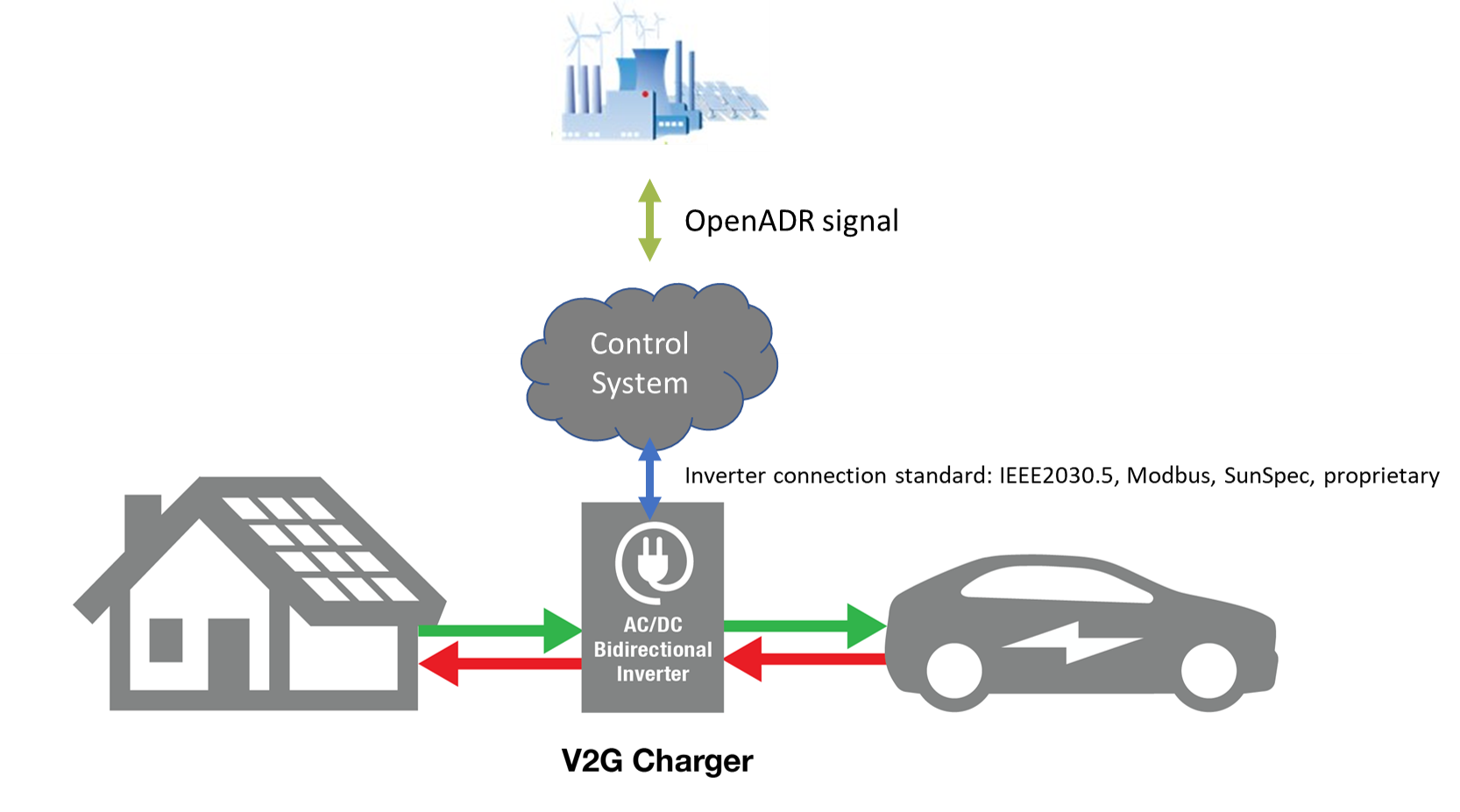V2X: Could electric vehicles be the missing piece of the energy flexibility jigsaw?
With its V2X Innovation Programme, the UK Government is backing the idea of V2X – or vehicle to everything – to help address barriers to enabling energy flexibility from bi-directional electric vehicle (EV) charging.
As part of this, the Government announced £16m in funding this year for V2X and Demand Side Response (DSR) projects. The funding is for technologies that harness the potential of smart charging and activated through the Innovation Programme and the Government’s Interoperable Demand Side Response Programme, designed to support the innovation and design of IDSR systems.
When we talk about the importance of demand side response and flexibility for the end user, EVs are low hanging fruit as a potential energy resource, especially at peak times when the grid is under pressure.
EV batteries are surprisingly large especially when compared to other potential energy resources like solar systems. While a typical home solar system is around 10 kWh, car batteries range from 30 kWh to 100 kWh offering a much larger resource. The standard Ford F-150 Lightning comes with a 98 kWh battery, for example.
The cost implications for EV owners are also impressive, with studies by the Government showing possible savings of around £300 up to £1000 per year. EV charging systems are already connected via apps and control platforms with pre-set systems, so easy to access and use. Users do however need to factor in additional hardware costs in the form of invertors for charging and discharging.
The owner of the vehicle must have the control and the autonomy of what to do, so how much of the charge from the car battery they want to make available to the grid and how much they want to leave in the vehicle given you need a certain amount of charge in the morning and to get home in the evening.
There is also still work to be done with the V2X integration. For a start, lifecycle implications for the battery still need to be figured out, with bidirectional charging leading to possible degradation and shortening of battery life. EVs sold today typically include an eight-year battery life, depending on the model, so there might be reluctance to add extra wear and tear, and paying out before time.
There are also question about power quality. With more and more high-powered invertors that push power into the grid, will it mean that the power quality is not up to par, and will it require periodic grid code adjustments?
Finally, to make this work, you need acceptance by the electric vehicle owner. We talked about this at our recent OpenADR User Conference in London. We have seen some efforts in the industry to educate users about the benefits and opportunities, but not enough. It needs a unified message and a concerted effort to promote smart energy initiatives.
With UK Government plans (still in flux) for a ban on the sale on new petrol and diesel cars and vans at the end of the decade and predicted global EV sales of 250 million by 2030, the time is now to raise consumer awareness. V2X/V2G can help mitigate climate change by using these resources, fewer power plants and flattening demand at peak power times.
It's good to see the UK starting trials and evidence that the UK could become a disruptor market for this technology. We look forward to the OpenADR Alliance supporting such initiatives.
To hear more about how EVs could become the missing piece in grid flexibility, watch Rolf Bienert speaking at PoweredOn Live 2023, the digital conference organised by Electrical Review in June.
You can also read Rolf’s views on vehicle to grid technology in his recent article for Electrical Review.

